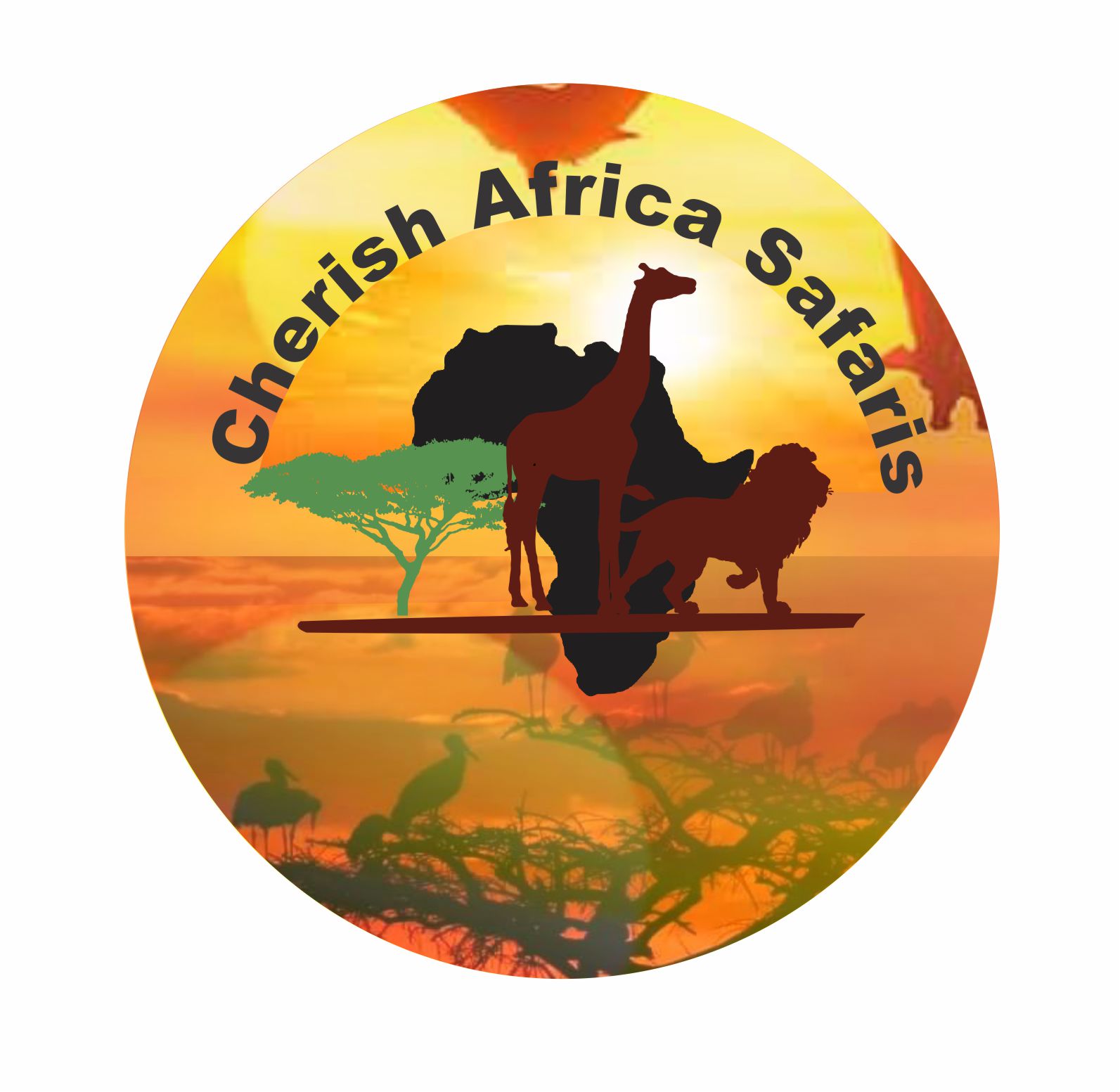Embarking on an African safari is a once-in-a-lifetime experience, offering the chance to witness some of the most extraordinary wildlife on the planet in their natural habitats.
However, planning such an adventure involves a variety of considerations, particularly regarding cost. In this comprehensive guide, we’ll explore the different factors that influence the cost of an African safari, helping you to budget effectively and ensure that your trip is unforgettable for all the right reasons.
For comprehensive discounted prices, you can consult Cherish African Safaris
Key Factors Influencing African Safari Costs
- Destination Choice
- Type of Safari
- Duration of the Safari
- Time of Year
- Accommodation Standards
- Travel Arrangements
- Additional Activities
- Travel Insurance and Health Precautions
1. Destination Choice
Africa is a vast continent with numerous countries offering unique safari experiences. The destination you choose will significantly impact the cost. Here are some popular safari destinations and their typical price ranges:
- Kenya and Tanzania: Known for the Great Migration safari and iconic parks like the Maasai Mara and Serengeti. Costs range from $200 per person.
- South Africa: Home to Kruger National Park and private game reserves. Costs range from $150 per person.
- Botswana: Renowned for luxury safaris in the Okavango Delta and Chobe National Park. Costs range from $500 per person.
- Namibia: Famous for its unique landscapes and wildlife in Etosha National Park. Costs range from $200 per person.
- Uganda and Rwanda: Best known for gorilla trekking experiences. Costs range from $200 per person, with gorilla permits alone costing around $700.
2. Type of Safari
The type of safari you choose also affects the cost. Options include:
- Budget Safaris: Typically involve camping or basic accommodations and shared game drives. Prices range from $100 to $250 per person.
- Mid-Range Safaris: Offer more comfortable lodgings and possibly private game drives. Prices range from $250.
- Luxury Safaris: Feature high-end lodges or tented camps, gourmet meals, and exclusive game drives. Prices range from $600.
- Specialty Safaris: Focus on specific interests like photography, bird watching safari, or walking safaris. Prices vary widely based on customization and exclusivity.
3. Duration of the Safari
The length of your safari is a straightforward factor in the overall cost. A typical safari lasts between 3 to 10 days. Here’s a rough estimate of costs based on duration:
- 3-Day Safari: $600
- 7-Day Safari: $1,400
- 10-Day Safari: $2,000
4. Time of Year
The time of year you choose to go on safari can influence the cost due to varying seasons:
- High Season (June to October): Best wildlife viewing but higher prices due to demand. Expect to pay a premium of 20-50% more than off-season rates.
- Low Season (March to May): Rainy season in many areas, resulting in lower prices but potentially challenging weather and wildlife viewing conditions.
- Shoulder Season (November to February): Offers a balance of decent weather, good wildlife viewing, and moderate prices.
5. Accommodation Standards
The quality of your accommodation greatly affects the overall cost. Options range from basic tents to opulent lodges:
- Budget Campsites: $20 to $50 per night
- Mid-Range Lodges: $100 to $300 per night
- Luxury Lodges: $400 to $1,500+ per night
6. Travel Arrangements
Getting to your safari destination involves costs such as international flights, domestic flights, and ground transportation:
- International Flights: Depending on your departure city and season, flights to Africa can range from $800 to $2,500+ round trip.
- Domestic Flights: Essential for reaching remote safari locations, typically costing $150 to $500 per flight.
- Ground Transfers: Vary based on distance and mode of transport, ranging from $50 to $300+.
7. Additional Activities
Many safari packages offer optional activities that can enhance your experience but also add to the cost:
- Hot Air Balloon Rides: $450 to $600 per person
- Walking Safaris: $50 to $150 per person
- Cultural Visits: $30 to $100 per person
- Gorilla Trekking Permits: $700 per person
8. Travel Insurance and Health Precautions
Ensuring you are covered for emergencies is crucial. Travel insurance typically costs 5-10% of the total trip cost. Health precautions, including vaccinations and malaria prophylaxis, can add another $100 to $300.
Budgeting for Your African Safari
When planning your safari budget, consider the following breakdown of potential costs for a 7-day mid-range safari in Kenya:
- International Flights: $1,200
- Domestic Flights and Transfers: $400
- Accommodation: $1,800 (average $250 per night)
- Safari Package (including meals and game drives): $2,500
- Additional Activities: $300
- Travel Insurance Health management & Precautions: $300
Tips for Saving on Your Safari
- Book Early: Secure early bird discounts and better availability.
- Travel in the Shoulder Season: Enjoy lower prices and fewer crowds.
- Group Travel: Share costs of guides and vehicles.
- Choose Less Popular Parks: Often just as rewarding but more affordable.
- Mix Accommodation Types: Combine a few nights of luxury with more budget-friendly options.
Conclusion
An African safari can range from a budget-friendly adventure to an all-out luxury experience. By understanding the factors that influence cost and planning accordingly, you can tailor a safari that fits your budget while still offering an unforgettable wildlife experience. Whether you’re dreaming of the Serengeti, the Okavango Delta, or the Maasai Mara, there’s a safari out there that can make your dream a reality. Happy planning and safe travels!



